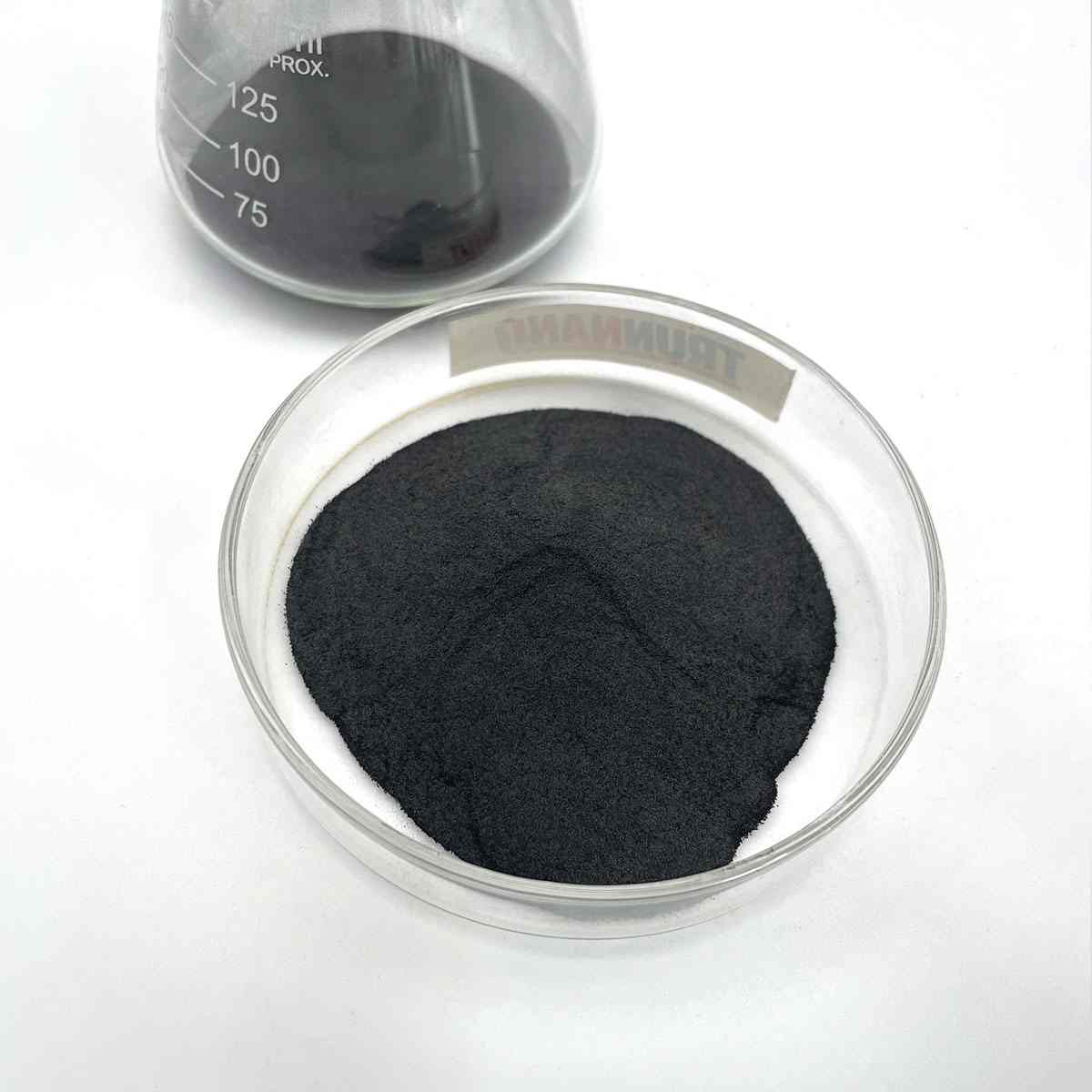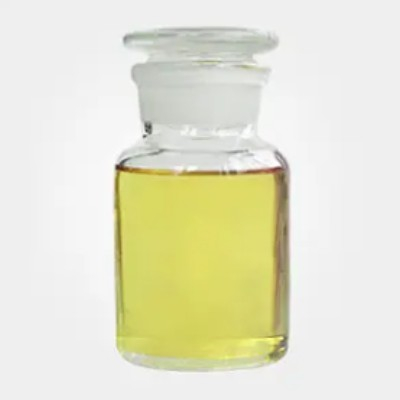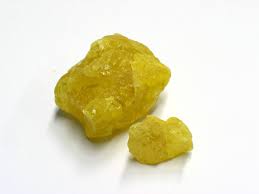Overview of Nonionic PAM Nonionic Polyacrylamide Anionic Solid Powder for Sedimentation Flocculant Waste Water
Nonionic surfactants are a class of surface-active agents that do not carry an electrical charge in aqueous solutions, distinguishing them from ionic surfactants like cationics and anionics. They are composed of a hydrophilic (water-loving) head group and a hydrophobic (oil-loving) tail, which allows them to reduce surface tension between fluids and facilitate interactions between substances that are normally immiscible. Their neutrality makes them stable over a wide pH range and compatible with other types of surfactants, making them highly versatile in numerous applications.
Features of Nonionic PAM Nonionic Polyacrylamide Anionic Solid Powder for Sedimentation Flocculant Waste Water
-
Neutral Charge: Lack of charge leads to compatibility with both anionic and cationic substances, reducing the risk of precipitation or instability in formulations.
-
Wide pH Stability: Function effectively across a broad pH range, making them suitable for diverse chemical environments.
-
Solubility: Readily soluble in both water and organic solvents, enhancing their utility in cleaning, emulsification, and dispersion processes.
-
Low Foam Profile: Many nonionic surfactants generate less foam compared to their ionic counterparts, beneficial in applications where excessive foam is undesirable.
-
Wetting and Spreading: Excellent at reducing surface tension, promoting wetting and spreading of liquids on surfaces, improving cleaning and coating processes.
-
Emulsification: Efficiently stabilize oil-in-water or water-in-oil emulsions, depending on their structure, which is crucial in formulations like cosmetics, agrochemicals, and food products.

(Nonionic PAM Nonionic Polyacrylamide Anionic Solid Powder for Sedimentation Flocculant Waste Water)
Specification of Nonionic PAM Nonionic Polyacrylamide Anionic Solid Powder for Sedimentation Flocculant Waste Water
Nonionic Polyacrylamide (Nonionic PAM) is a high-performance water-soluble polymer extensively used as a flocculant in wastewater treatment, especially for sedimentation processes. This strong powder is manufactured with the copolymerization of acrylamide monomers, causing a nonionic structure that lacks charge groups, making it extremely reliable in systems with varying pH levels and salinity. Its molecular weight commonly ranges from 3 to 15 million Daltons, making sure strong connecting and adsorption capacities to aggregate suspended particles.
** Physical Properties **: The product appears as a white or off-white granular powder. It liquifies readily in water, forming a viscous service. The solubility price depends on bit size and frustration, with finer powders dissolving much faster. The solid content is generally ≥ 90%, and dampness is kept listed below 10% to guarantee security.
** Applications **: Nonionic PAM excels in wastewater treatment for sectors such as local sewage, papermaking, textiles, and mining. It advertises sedimentation by counteracting colloidal bits and forming large, thick flocs that work out quickly. In mineral processing, it assists in solid-liquid separation, enhancing water quality and recovery efficiency. It is also made use of in oilfield boring to lower fluid loss and improve soil security.
** Dosage **: Advised dose varies between 0.1– 10 ppm, depending upon wastewater turbidity and pollutants. A container test is advised to enhance concentration. Pre-dissolving the powder in water (0.1– 0.3% remedy) ensures also circulation.
** Advantages **: Unlike anionic or cationic PAM, nonionic PAM is less conscious ionic stamina and pH changes, making it flexible for complex wastewater. It lessens chemical consumption, lowers sludge quantity, and boosts processing speed. Its nonionic nature stops interference with billed fragments in systems including steels or salts.
** Safety and security & Storage Space **: Handle with gloves and masks to prevent inhalation. Shop in a cool, dry location far from dampness and straight sunshine. Life span is 12– 24 months in covered product packaging. Prevent blending with strong oxidizers or acids.
** Environmental Impact **: Nonionic PAM is eco-friendly under cardio and anaerobic conditions however should be utilized properly to avoid marine poisoning. Conformity with regional wastewater discharge regulations is important.
This item supplies a cost-efficient, efficient solution for sedimentation difficulties, ensuring cleaner water results and lasting commercial operations.

(Nonionic PAM Nonionic Polyacrylamide Anionic Solid Powder for Sedimentation Flocculant Waste Water)
Applications of Nonionic PAM Nonionic Polyacrylamide Anionic Solid Powder for Sedimentation Flocculant Waste Water
Nonionic Polyacrylamide (Nonionic PAM) is a high-performance, water-soluble polymer commonly utilized as a sedimentation flocculant in wastewater treatment. Its special nonionic framework, devoid of ionic fees, makes certain flexibility throughout varied pH degrees and water conditions, making it ideal for applications where ionic interactions might hinder procedure effectiveness. Readily available as a strong powder, Nonionic PAM efficiently bridges suspended bits, forming thick, rapid-settling flocs that enhance solid-liquid separation in both community and industrial wastewater systems.
In municipal wastewater therapy, Nonionic PAM accelerates the removal of raw material, silt, and colloids from sewer. By binding great bits into bigger aggregates, it boosts information in main sedimentation storage tanks and minimizes turbidity, making sure compliance with discharge requirements. Its compatibility with other therapy chemicals allows seamless assimilation right into existing procedures.
Industrial applications extend mining, textiles, paper manufacturing, and oilfield operations. In mining, Nonionic PAM aids in tailings dewatering, advertising effective water healing and reducing environmental impact. For fabric and paper mills, it addresses high turbidity and colorants in effluent, decreasing put on hold solids and chemical oxygen need (COD). In oil-water splitting up processes, it boosts the removal of emulsified oils and suspended solids, crucial for reuse or safe disposal.
Nonionic PAM stands apart for its reduced dosage demands, cost-effectiveness, and flexibility to varying water chemistries. Unlike ionic flocculants, it prevents disturbance from salts or pH variations, ensuring steady efficiency. The resulting flocs are small, decreasing sludge quantity and decreasing disposal expenses. In addition, its safe nature aligns with environment-friendly wastewater management techniques, sustaining water reuse and circular economic climate goals.
Proper handling is essential– though safe when used as routed, the powder calls for preventative measures to stay clear of breathing or extended skin contact. Liquifying it in water before application guarantees optimum activation and uniform distribution. With its wide applicability and effectiveness, Nonionic PAM stays a cornerstone in sustainable wastewater treatment, making it possible for sectors to meet regulatory demands while conserving sources.
Company Profile
SurfactantChina is a trusted global chemical material supplier & manufacturer with over 12-year-experience in providing super high-quality surfactant and relative products.
The company has a professional technical department and Quality Supervision Department, a well-equipped laboratory, and equipped with advanced testing equipment and after-sales customer service center.
If you are looking for high-quality surfactant and relative products, please feel free to contact us or click on the needed products to send an inquiry.
Payment Methods
L/C, T/T, Western Union, Paypal, Credit Card etc.
Shipment
It could be shipped by sea, by air, or by reveal ASAP as soon as repayment receipt.
5 FAQs of Nonionic PAM Nonionic Polyacrylamide Anionic Solid Powder for Sedimentation Flocculant Waste Water
Nonionic Polyacrylamide (Nonionic PAM) is a high-molecular-weight polymer with no electrical charge, making it ideal for wastewater treatment where suspended particles are neutral or have low surface charge. It acts as a flocculant by physically bridging particles through adsorption, forming larger aggregates (flocs) that settle quickly, enhancing sedimentation efficiency. The recommended dosage typically ranges from 0.1 to 1.0 mg/L, depending on water quality, turbidity, and system design. Proper dissolution in water before application is critical to avoid clumping and ensure effectiveness. Compared to anionic or cationic flocculants, Nonionic PAM excels in neutral or low-ionic-strength environments, where charged alternatives may underperform. It is versatile across various wastewater types and less sensitive to pH fluctuations. While Nonionic PAM is non-toxic when handled correctly, users should wear protective gear to prevent inhalation or skin contact. It is biodegradable and complies with environmental regulations, but overdosing should be avoided to prevent residual polymer in treated water. Its effectiveness, adaptability, and safety make it a preferred choice for industrial and municipal wastewater treatment processes.

(Nonionic PAM Nonionic Polyacrylamide Anionic Solid Powder for Sedimentation Flocculant Waste Water)






